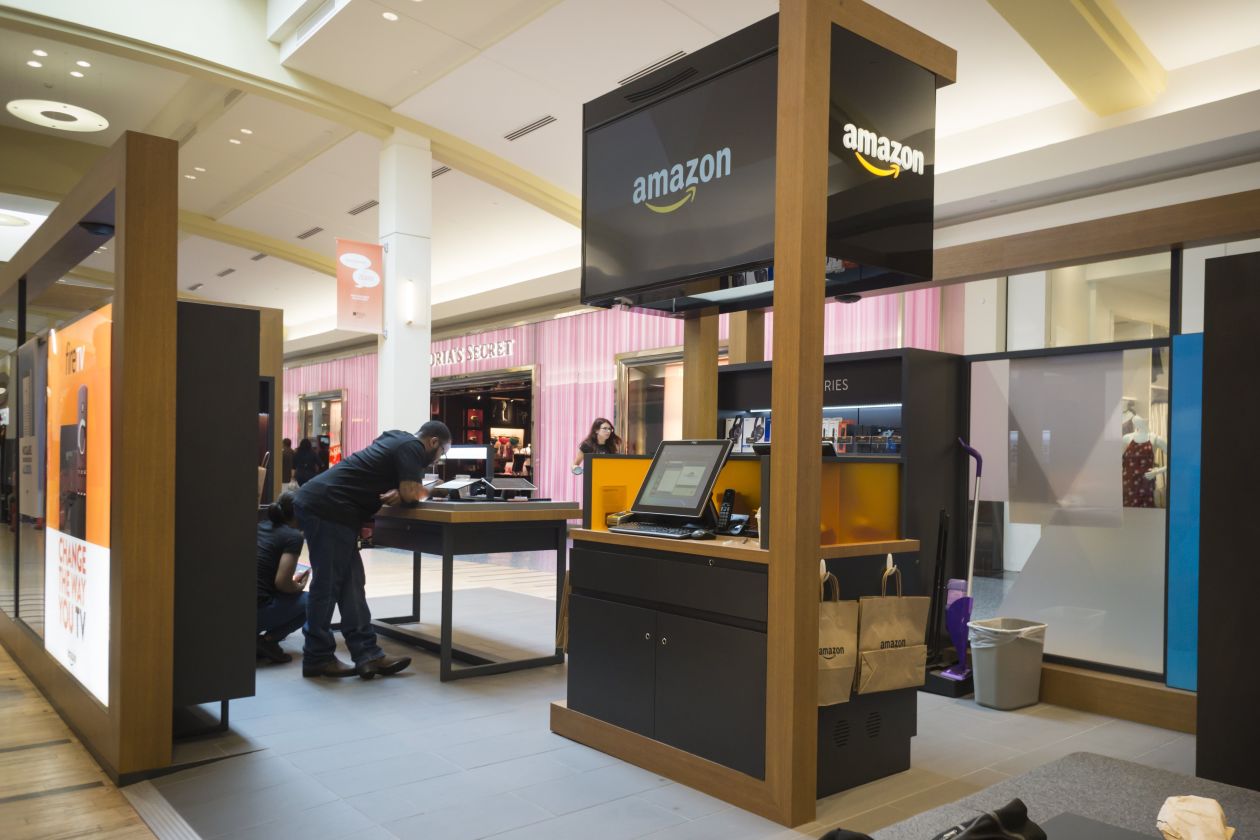The DragonHinge is the name of the hinge that helps bridge the two screens together to create a foldable phone. It is paired with flexible AMOLED displays created by CSOT, a sister company of TCL. TCL notably has not yet launched its smartphone for consumers, citing the need to make the device accessible to consumers at an affordable price range.
Samsung has been working on foldable smartphones since 2011. Numerous other companies have also been working on their own prototypes and launch-ready models including Huawei, Xiaomi and Oppo and more. Likely candidates include Acer, Asus and LG. One of the earliest models to be released was the Royole Flexpai in January of this year at the Consumer Electronics Show (CES), which received lukewarm support due to product errors but did enjoy the recognition of being the world’s “first foldable smartphone.”
Given the popularity of the foldable smartphone at the Mobile World Congress and the hype surrounding the launch of Samsung’s new product, it is clear that foldable have gained popular appeal. It will be interesting to see what new versions come to market and how well the software integrates with these new designs. Few products have garnered as much attention as the foldable smartphone has in recent months.
As always, Apple is not in a rush to launch a foldable smartphone product. The company is known for creating some of the world’s best products over time and careful testing, emphasizing quality over speed. Apple has filed patents previously for foldable smartphones. This does not confirm however that the company is building foldable smartphones in the near future.
Are foldable smartphones here to stay? It is not yet clear whether the foldable smartphone will gain mass market appeal and thus define the smartphone and tablet industry in the years to come or if it is just a short-term fad that will fade away. We will have to wait and see!









